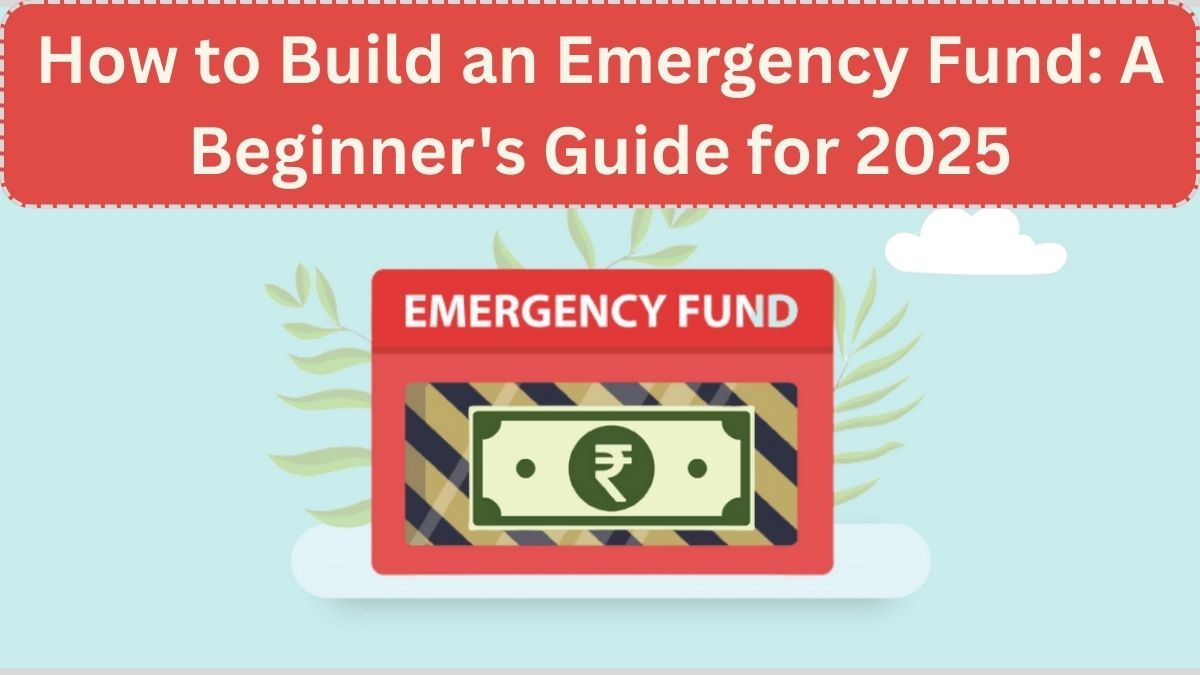An emergency fund is your financial safety net. It ensures you’re prepared for life’s surprises—medical emergencies, job loss, or unexpected home repairs—without derailing your budget or relying on debt. This guide breaks down how to build an emergency fund step-by-step, especially for those starting from scratch in 2025.
Why You Need an Emergency Fund in 2025
With inflation, rising healthcare costs, and unpredictable job markets, emergency savings are more crucial than ever. Without a cushion, even a minor financial shock can lead to debt or missed obligations. Whether you’re single, supporting a family, or self-employed, an emergency fund supports your financial planning and reduces long-term stress.
How Much Should You Save in Your Emergency Fund?
Most financial experts recommend saving three to six months’ worth of living expenses. However, your target amount depends on your personal situation. Consider the following:
Expense Category | Monthly Cost Estimate | 6-Month Reserve Example |
|---|---|---|
Rent/Mortgage | ₹20,000 | ₹1,20,000 |
Groceries | ₹8,000 | ₹48,000 |
Utilities & Internet | ₹4,000 | ₹24,000 |
Transportation | ₹6,000 | ₹36,000 |
Insurance Premiums | ₹2,000 | ₹12,000 |
Total Estimate | ₹40,000 | ₹2,40,000 |
You don’t need to save it all at once. Start small, and stay consistent.
Set a Realistic Monthly Saving Goal
To build an emergency fund, decide how much you can reasonably set aside each month without compromising essentials. For example, if you aim for ₹2,40,000 in 24 months, you’ll need to save ₹10,000 per month. Can’t afford that? Start with ₹2,000 and increase the amount as your income grows or expenses shrink.
Best Places to Keep Your Emergency Fund
Your emergency savings should be safe, easily accessible, and separate from your regular spending account. Options include:
High-yield savings accounts: Provide better interest than standard accounts.
Liquid mutual funds: Offer slightly higher returns with easy access.
Recurring deposit (RD) accounts: Help build savings through disciplined monthly deposits.
Money market accounts: Combine higher interest with quick withdrawals.
Avoid locking your emergency fund in fixed deposits with penalties for early withdrawal or in market-linked instruments like stocks.
Automate Your Savings
Consistency is key. Set up an auto-debit from your salary account to a dedicated emergency savings account. Treat it like a non-negotiable monthly bill. This makes saving effortless and builds discipline.
When Should You Use Your Emergency Fund?
Only tap into your emergency fund for real emergencies. These may include:
Medical bills not covered by insurance
Sudden job loss
Urgent home or vehicle repairs
Unforeseen family emergencies
Avoid using the fund for vacations, impulse purchases, or planned expenses like school fees or festivals.
Rebuild After Withdrawal
If you use part or all of your emergency fund, resume saving immediately. Prioritize replenishing it before returning to other financial goals like investing or luxury spending.
Avoid These Common Mistakes
Combining funds: Don’t mix your emergency savings with your investment or spending accounts.
Overfunding: Once you hit your goal, stop. Redirect extra savings toward long-term goals.
Ignoring inflation: Update your goal periodically to reflect rising living costs, especially with 2025’s shifting economic trends.
2025 Money Tips for Building an Emergency Fund Faster
Use annual bonuses or tax refunds to boost your fund.
Reduce one discretionary expense (like ordering food) and redirect that amount to savings.
Earn extra income through freelance gigs or part-time work and allocate that to your fund.
Track your spending to identify hidden savings potential.
FAQs on Building an Emergency Fund
Q1. How quickly should I aim to build my emergency fund?
Aim to build at least one month’s worth of expenses within 3–6 months, then gradually grow it to your full goal over 1–2 years.
Q2. Can I invest my emergency fund in stocks or crypto?
No. Emergency funds should be risk-free and accessible. Stocks and crypto are too volatile for this purpose.
Q3. Should I still invest if I haven’t built an emergency fund?
Build a basic emergency fund first. Investments carry risk, and without a backup, you may be forced to sell at a loss during emergencies.
Q4. Is ₹1,00,000 enough for an emergency fund?
It depends on your monthly expenses. For someone with basic costs under ₹20,000, it may be sufficient for short-term needs. Adjust based on your lifestyle.
Click here to know more.
